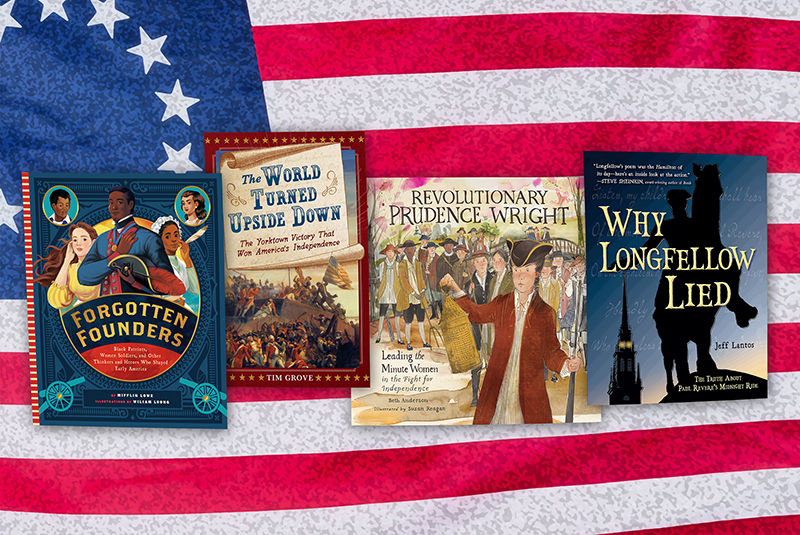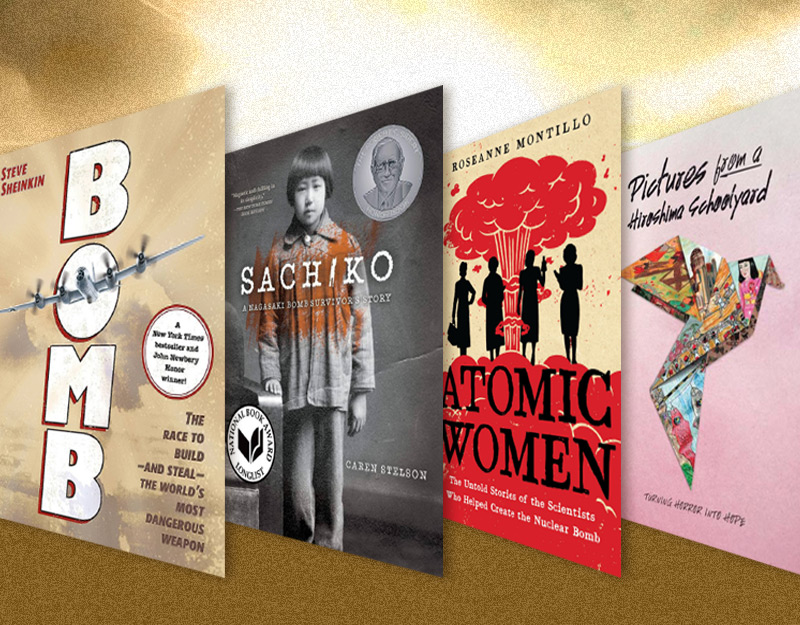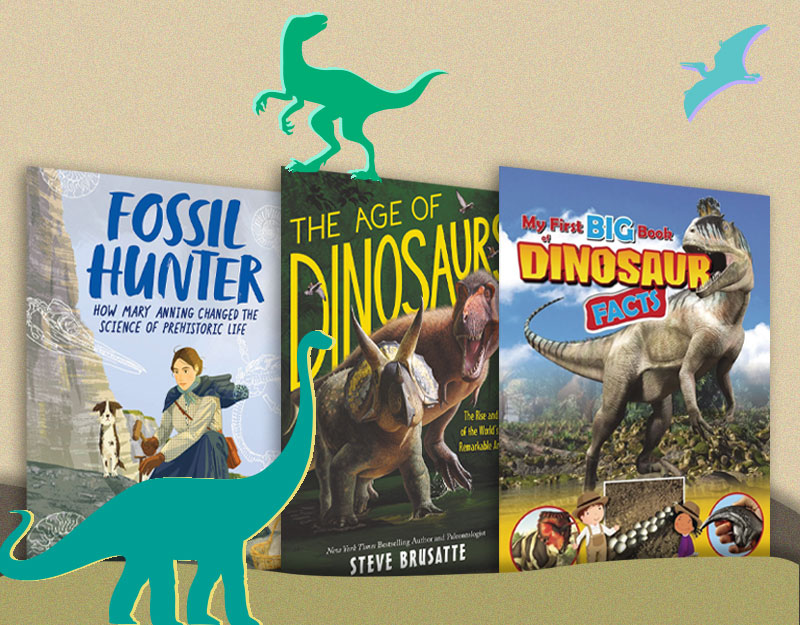The Day the Crayons Came Home
The Day the Crayons Came Home
Written by Drew Daywalt; Illustrated by Oliver Jeffers
Published by Philomel, 2015
ISBN #978-0-399-17275-5
Book Review
The crayons are back!
Well, not yet, actually. They’re on their way home—or at least trying to make their way back home to Duncan’s crayon box from a myriad of locations. One has been lost in the cracks of the couch. Another was dropped and forgotten while Duncan was on vacation with his family. Turquoise Crayon was left in a pocket and has endured the dangers of the washer and dryer, another crayon who can’t remember what color it used to be has been eaten and regurgitated by the dog, and still others are communicating from different long-forgotten reaches of a child’s world. As in the previous popular picture book collaboration by Drew Daywalt and Oliver Jeffers, The Day the Crayons Came Home relays the crayons’ pleas for help via postcards to the Duncan. Each crayon gets a two-page spread to vent its frustrations. This time, new colors are spotlighted, while favorites from The Day the Crayons Quit make cameo appearances. Daywalt’s text is as humorous, clever, and poignant as its predecessor, and Jeffers’ signature style renders each crayon’s plight and postcard with playfulness. In the end, Duncan’s imagination comes to the rescue once again. A sequel as witty and delightful as their previous work, The Day the Crayons Came Home will be a surefire whole-class and independent reading hit with your students.
Teaching Invitations
Duet Model. Pair The Day the Crayons Came Home with The Day the Crayons Quit (see our Teaching with Text Sets entry for a description of the Duet model). Compare the plot and conflicts, both overall and for individual crayons, in the two books. Have students note similarities in the illustrations by reading closely and using text evidence. How do the crayons from the first book change in the second book? As an extension, have students write a letter or postcard to Duncan from a crayon who has not appeared in either book, following the model and format of the book in which it would best appear.
ADVERTISEMENT
ADVERTISEMENT
Duet Model: Letter and Postcard Writing. Pair The Day the Crayons Came Home with Postcards from Camp, by Simms Taback, as well as some of the other titles listed in Further Explorations below to introduce a unit on postcard writing. How does a postcard differ from a letter? What is similar? For older students, you might use these books to introduce a unit on using postcard and letter writing for persuasive writing. How does each letter effectively state its purpose and how does it work to persuade the reader? How does the format of a letter or a postcard align with or challenge the purpose and genre of persuasive writing? You may want to use the Postcard and Letter Writing Generators at ReadWriteThink.org.
Adventures of the Lost and Found. Part of this book’s appeal can be attributed to the incredible creativity and sense of adventure emanating from the notion of lost and found items in one’s life. As a whole class or in their writer’s notebooks, help students brainstorm a list of items they have lost and where it was last seen. Have them pick an item to spotlight in a fictional narrative about that item’s adventures as it tries to return home. After guiding students through the writing process, have them illustrate and share their stories with one another. You might also compile a class blog or anthology of these stories to share with families and the greater school community. Another option could be to craft a whole-class story about a particular item lost in the school and its adventures back to the classroom where it belongs. Some other stories about lost children’s items you may want to include The Doll People series, by Ann M. Martin and Laura Godwin; the Knuffle Bunny trilogy, by Mo Willems; “A Lost Button” in Frog and Toad are Friends, by Arnold Lobel; Corduroy, by Don Freeman; Benny and Penny in Lost and Found, by Geoffrey Hayes; and Lost and Found, by Oliver Jeffers.
The Art of Postcards and Letters. From the artwork on the front to the font and punctuation used in the message, postcards and letters employ different modes and media to facilitate communication. Have students closely examine the artistic elements of the postcards in this book, and discuss how they enrich the written text. Sometimes, the artwork and written text may even contradict one another at times. Oh, and don’t forget to study the postage stamps! You may also want to explore some of the websites listed in the Further Explorations section below that are dedicated to postcard and postage stamp art.
Inferring Character. Although we never get a direct description or see Duncan, Drew Daywalt and Oliver Jeffers provide us with a lot of information about his character through text and illustration. What inferences can readers make about Duncan based on what’s described in each postcard, how Duncan responds, and on the book as a whole? You may want to pair this book with The Day the Crayons Quit to get a fuller understanding of Duncan’s character.
Changes in Personal Communication. You’ve probably heard the gripes of people who lament the decline of letter and postcard writing over the decades. Discuss this concept with students. Does the decline mean that the idea of personal communication via writing has disappeared? Do emails, text messages, and blogs serve the same purpose, but in another format? What about the use of telegrams in the 20th century? Read the entry by Charles Simic (and perhaps also the responding comments) titled, “The Lost Art of Postcard Writing.” Maybe your students are of a generation that has only ever known sending personal messages via digital technology. If that is the case, you may want to engage them in some postcard and letter writing activities (see activities above) to enrich their understanding of the evolution in modes of written communication.
ADVERTISEMENT
ADVERTISEMENT
Personification. Use this book to investigate the writing and literary device of personification, which attributes human qualities to inanimate objects. Have students identify the specific lines in the book that establish personification. How do these lines work? Which lines attribute emotion to the crayons? Which lines attribute thought, gesture, or physical characteristics? How does Jeffers’ illustrations enhance the personification in Daywalt’s text?
Geography and Travel. Neon Red Crayon’s travels and postcards are pretty amusing, but they are also a perfect springboard for addressing people’s misconceptions about geography. Have students use a world map, globe, or Google Earth to trace Neon Red Crayon’s route back home and contrast it with where Neon Red Crayon says. Then, have students pretend Duncan lives in their hometown, and based on Neon Red’s first postcard, have them name a starting point for his travels. Help students figure out the best route for Neon Red to take to get safely back to Duncan’s house. “Best” here can mean “fastest,” but it can also mean “most scenic” or “most efficient via public transportation” or any other way students decide. Provide as many maps, brochures, pamphlets, or public transportation schedules as possible to help them plan the journey.
Aspiring Architects. Duncan creates a place where all of his lost, misshapen, and broken crayons can call home. Provide students with play building material, such as blocks, old boxes, or scrap cardboard, and invite them in small groups to design and build a new home for the crayons. Just as Duncan did, have students carefully study each crayon’s physical and emotional needs as rationales for their design. Showcase each group’s model home in an “open house” display, and have them write up real estate listings to go along with their creations.
Further Explorations
Online Resources
Drew Daywalt author interviews
http://www.oliverjeffers.com/picture-books/the-day-the-crayons-quit
Oliver Jeffers’ World Interactive Website
http://oliverjeffersworld.com/
Chicago Postcard Museum
http://www.chicagopostcardmuseum.org
Metropolitan Postcard Club of New York
http://www.metropostcard.com
ARTpostcard
http://www.artpostcards.com
Smithsonian National Postal Museum
http://www.postalmuseum.si.edu/index.html
Books
Ahlberg, J., & Alhberg, A. (2001). The jolly postman. LB Kids.
Daywalt, D., (2013). The day the crayons quit. Ill. by O. Jeffers. Philomel Books. (see our Classroom Bookshelf entry here)
Derolf, S. (1997). The crayon box that talked. New York, NY: Random House Books for Young Readers.
Hubbard, P. (1999). My crayons talk. New York, NY: Square Fish Books.
Johnson, C. (1955). Harold and the purple crayon. New York, NY: HarperCollins.
Moss, M. (1999). Luv, Amelia – Luv, Nadia. Middleton, WI: Pleasant Company Publications.
Nancy, T. L. (1997). Letters from a nut. New York: Avon.
Orloff, K. K. (2004). I wanna iguana. Ill. by D. Catrow. New York: G. P. Putnam’s Sons Books for Young Readers.
Rusch, E. (2007). A day with no crayons. Huntersville, NC: Rising Moon Books.
Taback, S. (2011). Postcards from Camp. Nancy Paulsen Books (see our Classroom Bookshelf entry here)
Filed under: Fiction Picture Books, Picture Books
About Grace Enriquez
Grace is an associate professor of language and literacy at Lesley University. A former English Language Arts teacher, reading specialist, and literacy consultant, she teaches and writes about children’s literature, critical literacies, and literacies and embodiment. Grace is co-author of The Reading Turn-Around and co-editor of Literacies, Learning, and the Body.
ADVERTISEMENT
ADVERTISEMENT
SLJ Blog Network
One Star Review, Guess Who? (#211)
Cover Reveal and Q&A: Dusti Bowling’s Latest – The Beat I Drum (Apr 2025)
Girlmode | Review
The Seven Bills That Will Safeguard the Future of School Librarianship
Read Rec Rachel: New YA Releases for November and December 2024
Gayle Forman Visits The Yarn!
ADVERTISEMENT








